 Does your business have a blog?
Does your business have a blog?
Looking for blog post ideas that will appeal to your readers?
Posting a variety of article types on your blog will help you reach a wider audience and keep your return visitors interested.
In this article, you'll discover five types of blog posts that will improve your content mix.

#1: Provide Readers With a List
People love lists. We love to make them, read them, and share them. According to research from Fractl and BuzzStream, lists are shared on social media more often than any other type of article.
Listicles (also referred to as list posts) are easy to create and a great way to engage your readers. Simply pick a topic that fits your blog and then follow this template:
Include the number of items in your article title. Then open with a brief (two- to three-sentence) explanation for your list.

Don't just list items in the body text. Provide useful information about each item so readers can learn something. The amount of information you provide will largely depend on how many items you include.
For short lists (like 3 Ways to Drive Any Self-Respecting Editor Crazy), you should delve deeper into each item. For longer lists (like 50+ Killer Online Resources for Computer Science Students), you only want to write a sentence or two about each item.
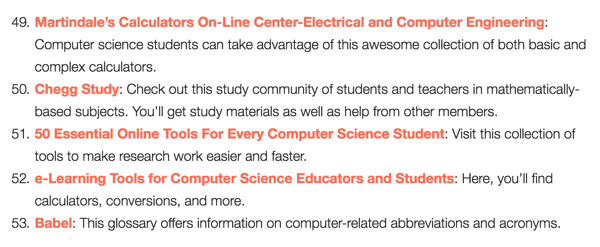
For the conclusion, leave your readers with some parting thoughts. Keep it short and offer suggestions for what readers might do with the information you've provided.
#2: Review a Product
Nearly four out of five people rely on the Internet to get product reviews before making a buying decision, according to a Zendesk survey.
Most shopping sites include customer reviews, but savvy consumers want honest, objective reviews from people they trust. As a blogger, your loyal readers trust your opinion, share your interests, and are eager to hear what you have to say about new products that relate to your topic.
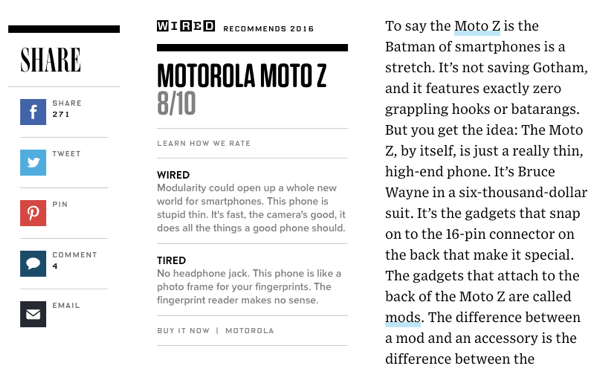
A typical review post should start with a two- to three-sentence introduction to the product. What is it? Who might use it? Why are you reviewing it?
Get World-Class Marketing Training — All Year Long!
Are you facing doubt, uncertainty, or overwhelm? The Social Media Marketing Society can help.
Each month, you’ll receive training from trusted marketing experts, covering everything from AI to organic social marketing. When you join, you’ll also get immediate access to:
- A library of 100+ marketing trainings
- A community of like-minded marketers
- Monthly online community meetups
- Relevant news and trends updates
Next, provide a bulleted list of the product's top features. List three to five key advantages this product offers, and one to two shortcomings.
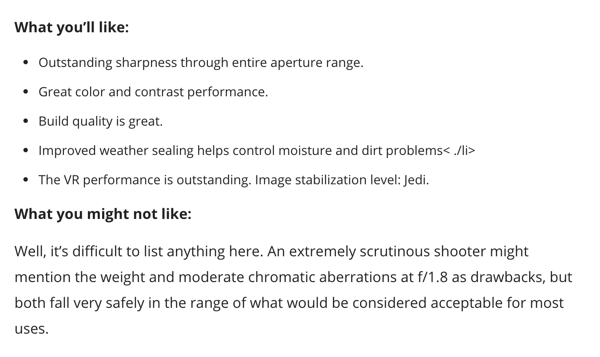
Now write a detailed review of the product, making sure it fits the style and voice of your traditional blog entries. Offer a comparison to similar or alternative products to give your readers additional context.
Finally, sum up your findings, specifically giving your opinion as to whether this is a good product to buy.
Tip: When writing a review, keep in mind the level of detail your audience expects. A technical review will require more specifics than a personal review.

#3: Do a Deep Dive Into a Single Topic
Despite all the talk about shortened attention spans, the truth is that longer blog posts perform better. Abundant research (including this Search Engine Land post) suggests that longer posts rank better in search engine results.
Longer posts provide additional time for you to delve into a topic and engage with your readers. To leave a lasting impression and make your readers come back for more, your article needs to be well-written, insightful, and easily digestible. You'll want to divide your long post into short sections or topics, with several visual breaks for your readers (as in this Pokémon Go guide from Slate).

Discover Proven Marketing Strategies and Tips
Want to go even deeper with your marketing? Check out the Social Media Marketing Podcast! Publishing weekly since 2012, the Social Media Marketing Podcast helps you navigate the constantly changing marketing jungle, with expert interviews from marketing pros.
But don’t let the name fool you. This show is about a lot more than just social media marketing. With over 600 episodes and millions of downloads each year, this show has been a trusted source for marketers for well over a decade.
Start with a teaser to engage your readers and get them thinking about your topic. Then break your article into mini-points to make it easier to digest and to allow you to build on your ideas. Start with an interesting point but save your most important points until the end.
Include as many additional points as your article needs, but don't get carried away. Remember that each point should build on the last and provide additional value. Make your last point the most interesting one or the culmination of all of your other points. Then in the conclusion, tie everything together and provide suggestions for your reader to explore this topic or similar topics further.
#4: Give Your Readers a Tutorial
It used to be that if you wanted to learn to do something well, you had to find an expert and ask him or her to teach you. Now we can learn how to do anything with the click of a button. Google reports that Americans watch more than 100 million hours of instructional videos on YouTube every year and how-to blog posts rank second in social media shares.
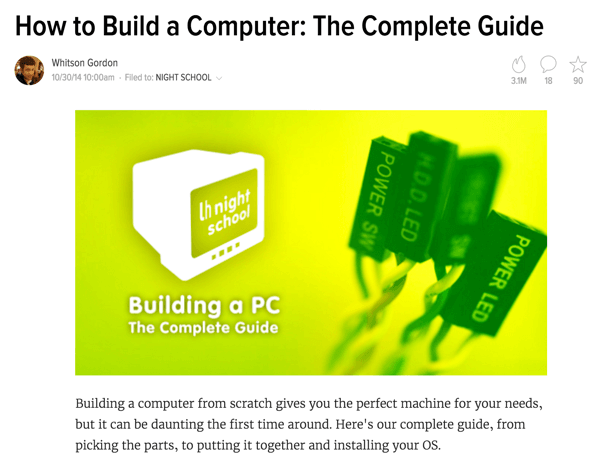
No matter what your area of expertise, there's probably something you know how to do that others are interested in learning. If you're a tech blogger, you could do a how-to on building your own computer. For foodies, it could be a step-by-step guide to baking something sweet.
Your readers share your interests and they're eager to learn more. With a how-to post, you're helping them acquire their own hands-on experience. In the title of your how-to post, include “How to” or provide the specific number of steps the process will take.
Offer some background in the introduction. Why should people know what you're about to teach them? Why don't most people know it already? And why are you the best person to teach it?
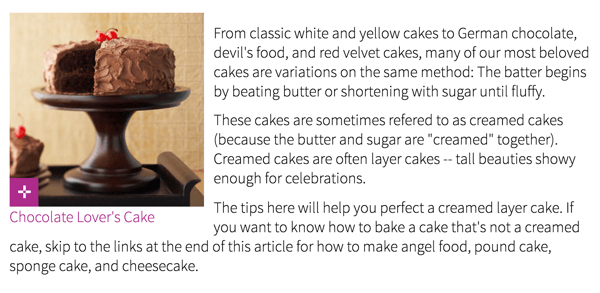
Also be sure to include a bulleted list of any required materials.
For the step-by-step instructions, number your steps and make each step simple enough that anyone can quickly complete it. Provide photos or videos at regular intervals.
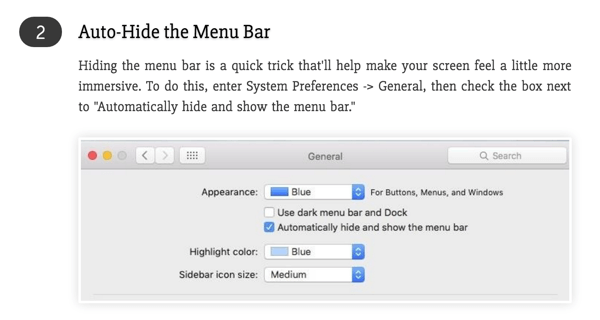
For the end result, again provide photos or videos of what to expect. Also include links to other how-to posts and additional information about the topic.
#5: Present Data in an Infographic
It's no secret that great visuals help your posts get noticed on social media. Infographics combine our love of images with our desire for knowledge. They're also highly shareable and perfect for readers with short attention spans.
Infographics should be well-designed, easy to follow, and heavy on content but light on text.

You need to provide more than just the graphic, however. When creating an infographic post, first introduce the graphic and provide some background.
Next, discuss your findings. This is where you get to show off as a researcher and writer. Some readers may skip to the graphic, but others will gladly read what you have to say, as long as it adds to the information in your graphic.
At the end, you can provide additional information that would benefit readers. Most readers will never make it this far, so treat those who do with some evidence to back your claims, resources they might find useful, and a link for easy sharing.
If you're not ready for one large infographic post, consider creating a list-style post with several short infographics, as in this post from Wimdu.
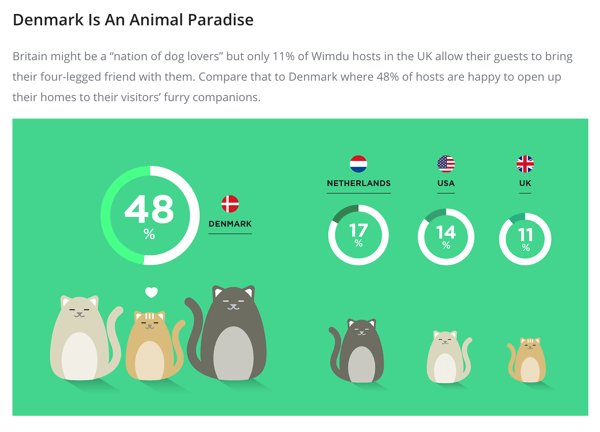
Conclusion
Varying your blog post formats provides a nice change of pace for your followers and offers new avenues for reaching readers. But forcing a structure simply to increase your numbers is bound to backfire.
The most important thing you can do for your blog's success is create high-quality, engaging content that speaks to your target audience. That said, as long as you stay true to your own voice, these styles can increase your readership, improve engagement, and revitalize your content.
What do you think? What types of posts do you publish on your blog? Which types perform best with your readers? Please share your thoughts in the comments below.

Attention Agency Owners, Brand Marketers, and Consultants

Introducing the Marketing Agency Show–our newest podcast designed to explore the struggles of agency marketers.
Join show host and agency owner, Brooke Sellas, as she interviews agency marketers and digs deep into their biggest challenges. Explore topics like navigating rough economic times, leveraging AI, service diversification, client acquisition, and much more.
Just pull up your favorite podcast app, search for Marketing Agency Show and start listening. Or click the button below for more information.

